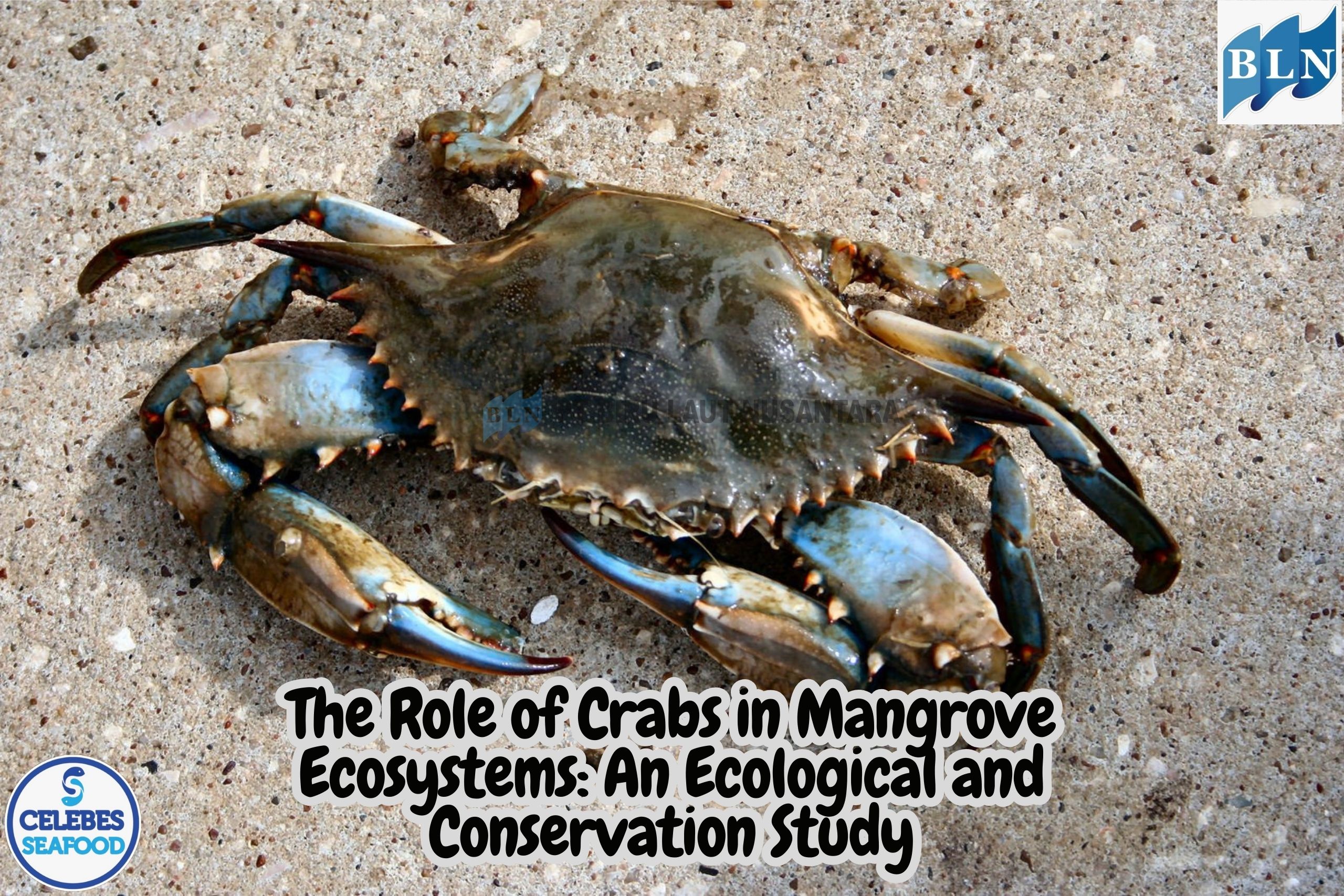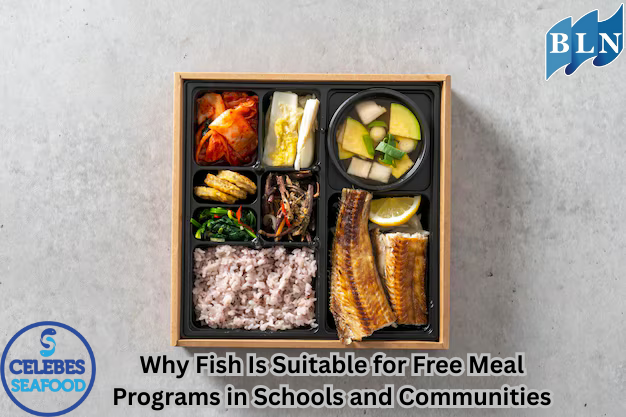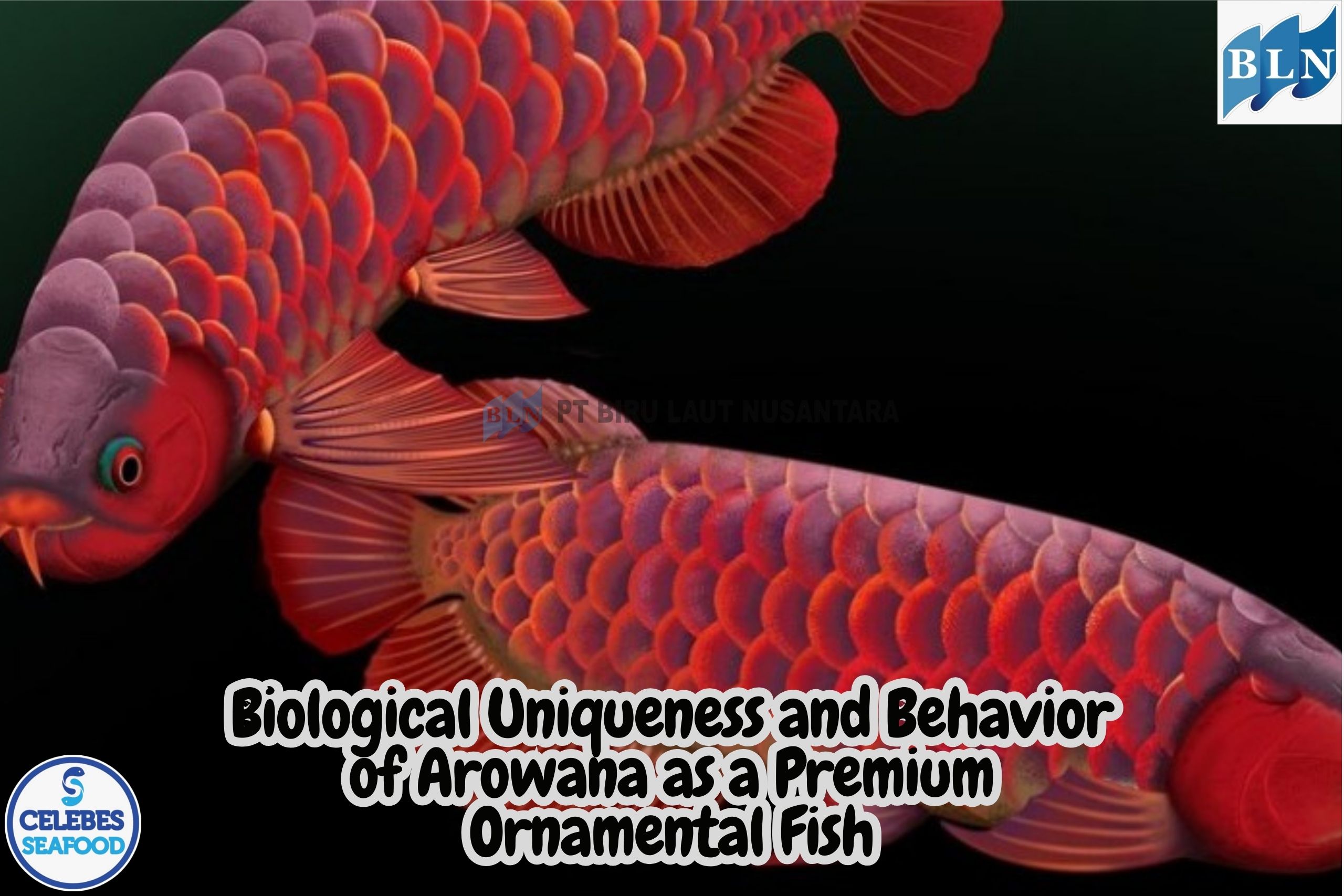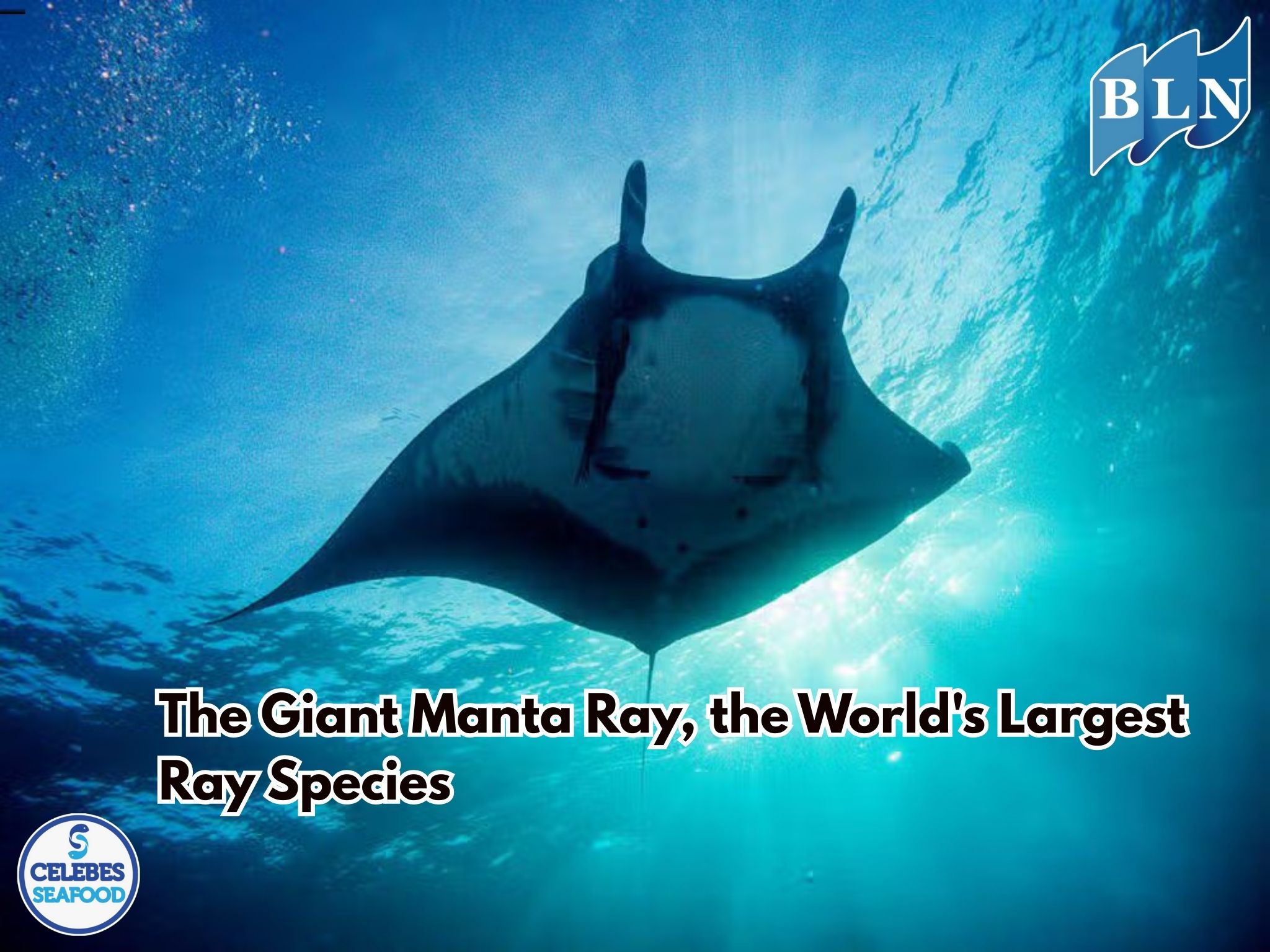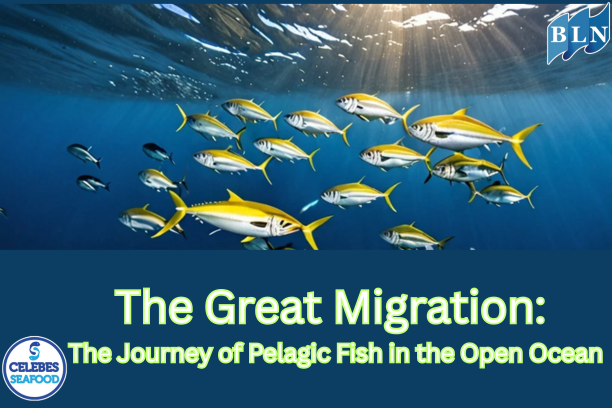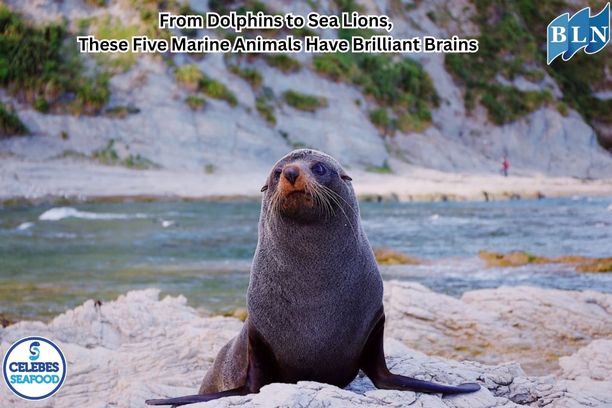Diversity of Gobies (Gobiidae) on the Seabed
By. Amma - 27 Aug 2025 on the Seabed.jpg)
lautnusantara.com Gobies, belonging to the Gobiidae family, are one of the most diverse groups of fish in the world, with over 2,000 species distributed widely across a wide range of aquatic habitats, particularly the seabed. Their diversity is evident in their diverse body shapes, colors, and unique adaptations that allow them to dominate the marine ecosystem.
Unique Characteristics and Adaptations
The uniqueness of Gobies lies in their physical characteristics. Most species have two dorsal fins and a distinctive feature is their pelvic fins, which are fused to form a sucker-like structure. This structure allows them to firmly attach to substrates such as rocks, coral, or sand, helping them withstand strong currents and hide from predators. Their size also varies greatly, from very small species (a few millimeters) to much larger ones (up to 30 cm).
Ecological Role
Gobies play a vital role in marine ecosystems, acting as keystone species in various interactions. They often form symbiotic relationships with other organisms. One of the most well-known examples is the symbiotic relationship with pistol shrimp (Alpheidae). Gobies protect the nearly blind shrimp from predators, while the shrimp create and maintain burrows for their collective habitat.
Furthermore, gobies also serve as a crucial link in the food chain. They are active predators of small invertebrates such as worms, crustaceans, and mollusks. At the same time, they are important prey for larger fish, octopuses, and seabirds. This dual role makes them a vital component in maintaining the balance of benthic (seafloor) ecosystems.
Habitat and Distribution
Gobiids are found worldwide, from cold waters to tropical ones. Although many live in shallow seas, some species are also found in brackish and even freshwater. They inhabit a variety of seafloor substrates, including:
- Coral reefs, where they hide in crevices or among anemones.
- Seagrass beds, where they forage and shelter.
- Sandy or muddy seafloors, where they construct burrows or tunnels.
This diversity of habitats demonstrates the remarkable adaptability of Gobiidae and highlights the importance of conserving seafloor ecosystems to maintain the diversity of this species
If you are interested in our Coral Trout Fillet Skin On, CORAL TROUT WGG WHOLE GILLED GUTTED please do not hesitate to contact us through email and/or whatsapp.
